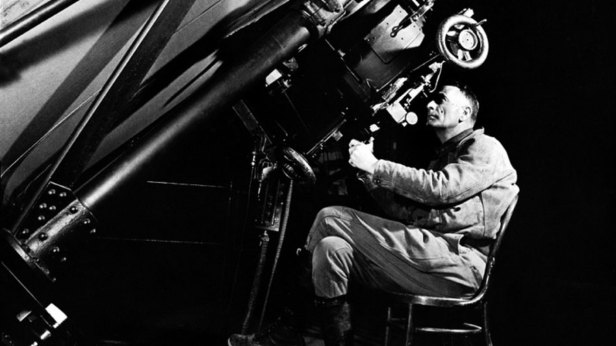By Bill Dobbins www.billdobbinsphotography.com

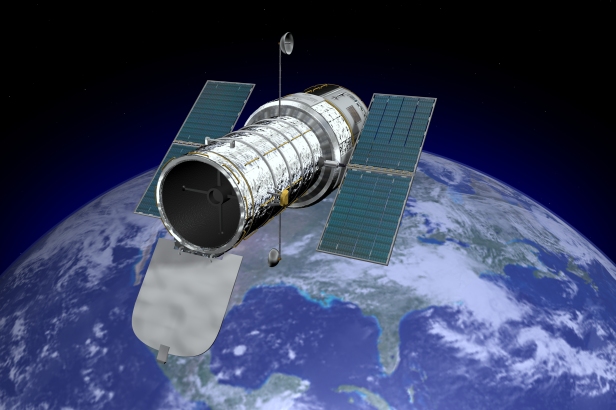
For the entire history of our species, humans have been able to look at a sky full of stars and marvel and wonder. Our ancestors had no idea of the actual nature of the universe. So they speculated, made up myths and created origin stories to try to account for the dazzling brilliance they saw in the sky at night.
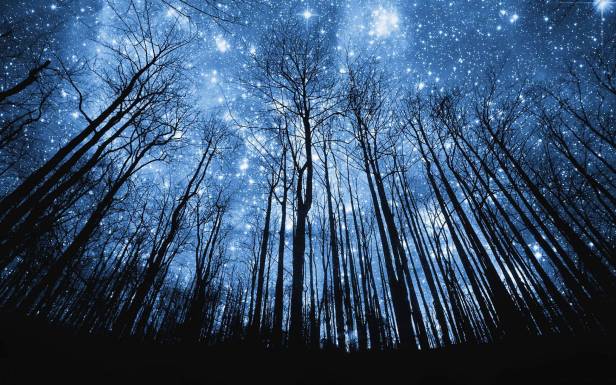
But although they lacked scientific knowledge of the nature of the universe and how it worked, early humans were able to make practical use of what they saw in the heavens. The stars, sun, moon and later the planets were used as a calendar, allowing for the tracking of the seasons and the knowledge of when to plant, when to harvest, when monsoons and other weather phenomena should be expected.
The stars were also used for navigation. Travelers could use the constellations to guide them on their journeys and, in later times, to determine using instruments exactly where on the planet they were. North of the equator, the North Star provided a reliable guide to the direction. South of the equator, not having access to a Pole Star, seafaring people like the early Polynesians used knowledge of the stars plus wind and water and ocean currents to find their way across the vastness of the Pacific Ocean.
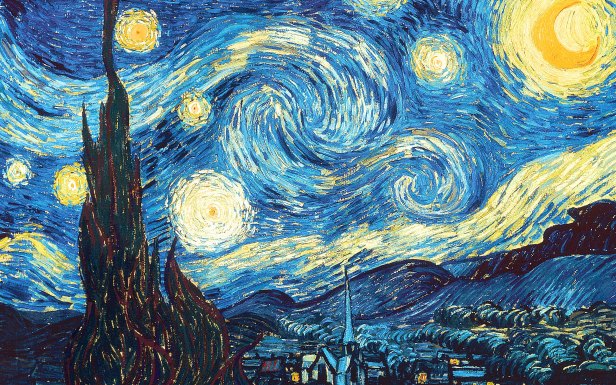
Nowadays, we have very sophisticated knowledge as to what the universe actually is and what we are likely to find in it, this information was not available until quite recent times. Meanwhile, what people thought of the universe gradually evolved from myth to the earliest attempts to understand reality by science and then the more sophisticated and technologically advanced knowledge proved by modern science.
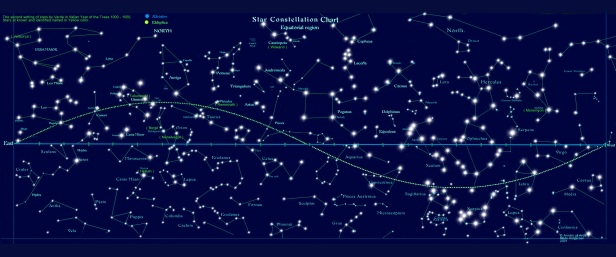
The Universe is all of space and time[a] and their contents,[10] including planets, stars, galaxies, and all other forms of matter and energy. While the spatial size of the entire Universe is unknown,[3] it is possible to measure the size of the observable universe, which is currently estimated to be 93 billion light-years in diameter. In various multiverse hypotheses, a universe is one of many causally disconnected[11] constituent parts of a larger multiverse, which itself comprises all of space and time and its contents.[12]
The earliest cosmological models of the Universe were developed by ancient Greek and Indian philosophers and were geocentric, placing Earth at the center.[13][14] Over the centuries, more precise astronomical observations led Nicolaus Copernicus to develop the heliocentric model with the Sun at the center of the Solar System. In developing the law of universal gravitation, Isaac Newton built upon Copernicus’ work as well as Johannes Kepler‘s laws of planetary motion and observations by Tycho Brahe.
Further observational improvements led to the realization that the Sun is one of hundreds of billions of stars in the Milky Way, which is one of at least hundreds of billions of galaxies in the Universe. Many of the stars in our galaxy have planets. At the largest scale, galaxies are distributed uniformly and the same in all directions, meaning that the Universe has neither an edge nor a center. At smaller scales, galaxies are distributed in clusters and superclusters which form immense filaments and voids in space, creating a vast foam-like structure.[15] Discoveries in the early 20th century have suggested that the Universe had a beginning and that space has been expanding since then,[16] and is currently still expanding at an increasing rate.[17] – Wikipedia
[caption id="attachment_10044" align="alignnone" width="616"] Source: http://bit.ly/36eyS7O[/caption]
[caption id="attachment_10043" align="alignnone" width="616"]
Source: http://bit.ly/36eyS7O[/caption]
[caption id="attachment_10043" align="alignnone" width="616"]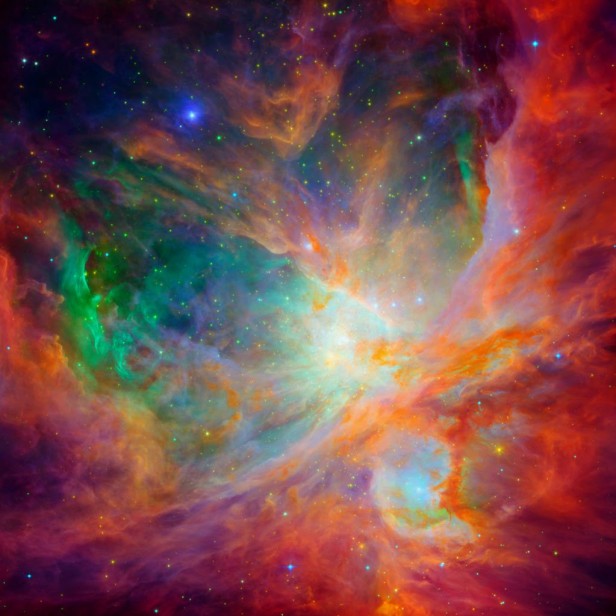 Source: http://bit.ly/36eyS7O[/caption]
[caption id="attachment_10042" align="alignnone" width="616"]
Source: http://bit.ly/36eyS7O[/caption]
[caption id="attachment_10042" align="alignnone" width="616"]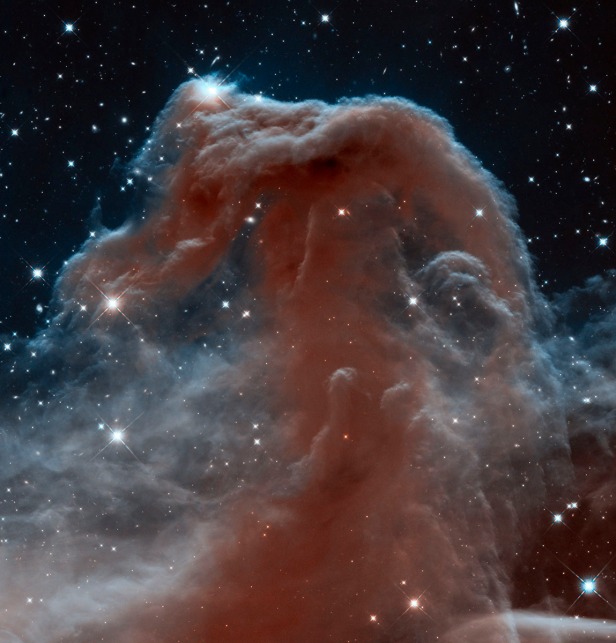 Source: http://bit.ly/36eyS7O[/caption]
Source: http://bit.ly/36eyS7O[/caption]
A major device that was instrumental in helping us learn about the nature of the universe was the telescope. The earliest existing record of a telescope was a 1608 patent submitted to the government in the Netherlands by Middelburg spectacle maker Hans Lippershey for a refracting telescope.[4] The actual inventor is unknown but word of it spread through Europe. Galileo heard about it and, in 1609, built his own version, and made his telescopic observations of celestial objects.[5][6]
At a time when it was assumed that the earth was the center of the universe and everything else, including the sun, revolved around it. Galileo’s observations lead him to conclude that everything in our solar system, including the earth, revolved around the sun. This observation went again the teachings of the Catholic Church and Galileo was sentenced to house arrest as punishment.
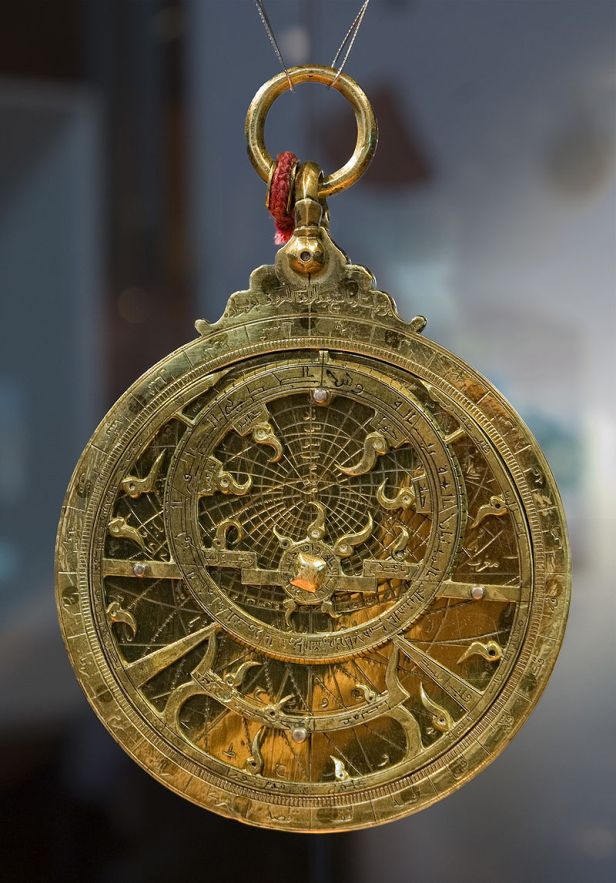
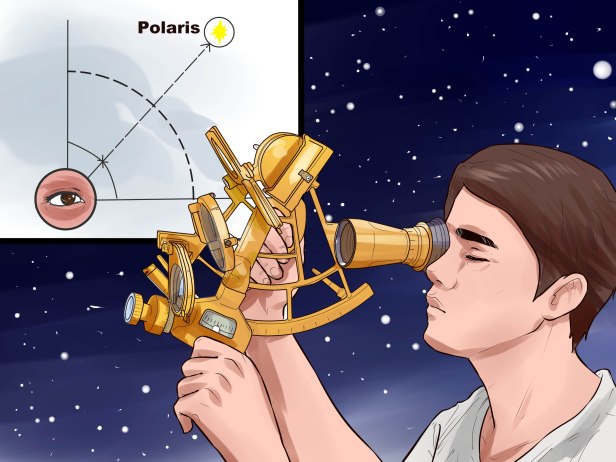
An early instrument used to determine position by referring to the sun or stars was the astrolabe.
An astrolabe (Ancient Greek: ἀστρολάβος astrolabos; Arabic: ٱلأَسْطُرلاب al-Asturlāb; Persian: اِستاره یاب Astaara yab) is an elaborate inclinometer, historically used by astronomers and navigators to measure the altitude above the horizon of a celestial body, day or night. It can be used to identify stars or planets, to determine local latitude given local time (and vice versa), to survey, or to triangulate. It was used in classical antiquity, the Islamic Golden Age,[2] the European Middle Ages and the Age of Discovery for all these purposes.
The astrolabe’s importance not only comes from the early development of astronomy,[3] but is also effective for determining latitude on land or calm seas. Although it is less reliable on the heaving deck of a ship in rough seas, the mariner’s astrolabe was developed to solve that problem. – Wikipedia
A later and more sophisticated instrument was the sextant. Even in the age of GPS, sextants can still be used to specify location to a surprisingly accurate degree and knowing how to use one is important to mastering seamanship.
Over the centuries, the technology of the telescope continued to evolve and nowadays there are earth-based telescopes of amazing sophistication, including the use of computer software that cancels out much of the distortion created by light passing through the atmosphere. But a major breakthrough in 1990 with the launch of the Hubble space-based optical instrument which has given us incredible and amazing views of the universe that we could hardly have imagined before.
The Hubble Space Telescope (often referred to as HST or Hubble) is a space telescope that was launched into low Earth orbit in 1990 and remains in operation. It was not the first space telescope, but it is one of the largest and most versatile and is well known as both a vital research tool and a public relations boon for astronomy. The Hubble telescope is named after astronomer Edwin Hubble and is one of NASA’s Great Observatories, along with the Compton Gamma Ray Observatory, the Chandra X-ray Observatory, and the Spitzer Space Telescope.[6]
Hubble features a 2.4-meter (7.9 ft) mirror, and its four main instruments observe in the ultraviolet, visible, and near infrared regions of the electromagnetic spectrum. Hubble’s orbit outside the distortion of Earth’s atmosphere allows it to take extremely high-resolution images with substantially lower background light than ground-based telescopes. It has recorded some of the most detailed visible light images, allowing a deep view into space. Many Hubble observations have led to breakthroughs in astrophysics, such as determining the rate of expansion of the universe.
The Hubble telescope was built by the United States space agency NASA with contributions from the European Space Agency. The Space Telescope Science Institute (STScI) selects Hubble’s targets and processes the resulting data, while the Goddard Space Flight Center controls the spacecraft.[7] Space telescopes were proposed as early as 1923. Hubble was funded in the 1970s, with a proposed launch in 1983, but the project was beset by technical delays, budget problems, and the Challenger disaster (1986). It was finally launched by Space Shuttle Discovery in 1990, but its main mirror had been ground incorrectly and created a spherical aberration, compromising the telescope’s capabilities. The optics were corrected to their intended quality by a servicing mission in 1993. – Wikipedia
[caption id="attachment_10041" align="alignnone" width="616"]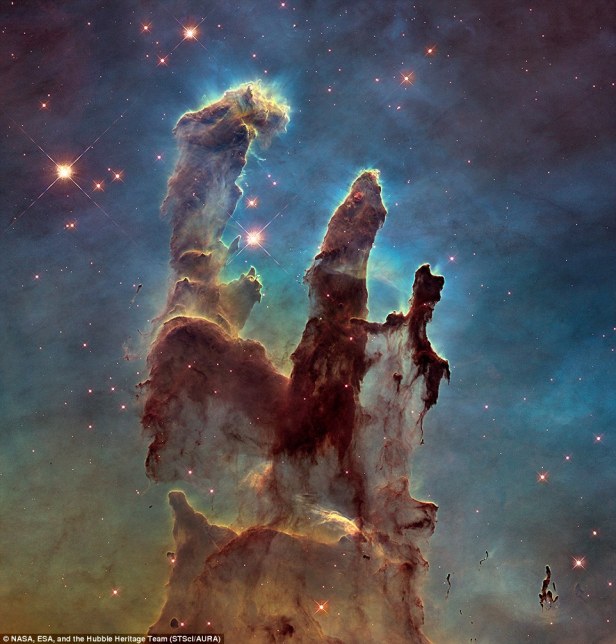 Source: http://bit.ly/36eyS7O[/caption]
[caption id="attachment_10040" align="alignnone" width="616"]
Source: http://bit.ly/36eyS7O[/caption]
[caption id="attachment_10040" align="alignnone" width="616"]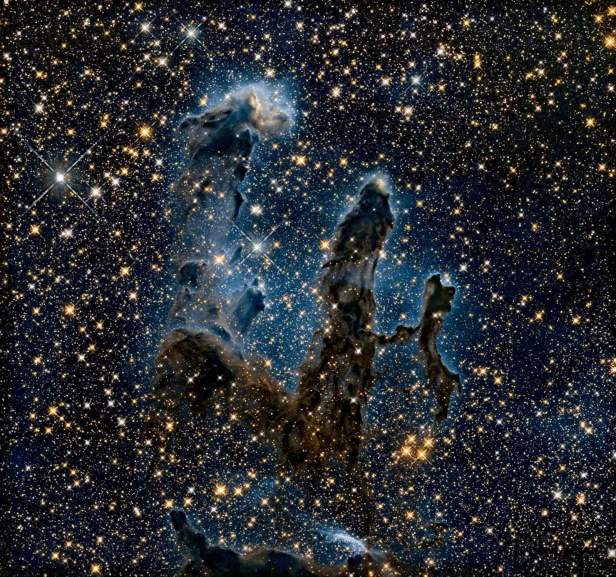 Source: http://bit.ly/36eyS7O[/caption]
Source: http://bit.ly/36eyS7O[/caption]
The effectiveness of The Hubble Space telescope has been greatly enhanced by the development of computer technology and modern digital imaging. The Hubble telescope can stay trained on very distant objects, even as everything in the universe keeps moving as tremendous speed, gather the faintest of traces of light, concentrate that light, which is then processed by computers and transmitted to earth bases. Since this telescope is located in space, there is no degradation or distortion of the images caused by their passing through the atmosphere.
Nowadays, there are many more ways of studying the universe in addition to optical telescopes. Visible light, after all, is just one small part of the entire spectrum of radiation. But humans are creatures who depend to a great deal on visual information – on what we see. So photographs of the universe taken by the Hubble are tremendously exciting and impressive and are stimulating our imagination regarding the vastness and awe-inspiring beauty of the universe.
[caption id="attachment_10039" align="alignnone" width="616"]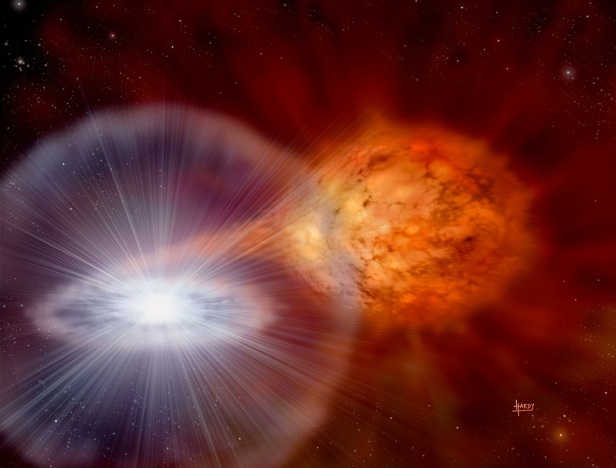 Source: http://bit.ly/36eyS7O[/caption]
Source: http://bit.ly/36eyS7O[/caption]
Are the colors of Hubble images “real?”
There are no natural color cameras aboard Hubble and there never have been. The optical cameras on board have all been digital CCD cameras, which take images as grayscale pixels but use colored filters to isolate different colors in each image.
[caption id="attachment_10038" align="alignnone" width="616"]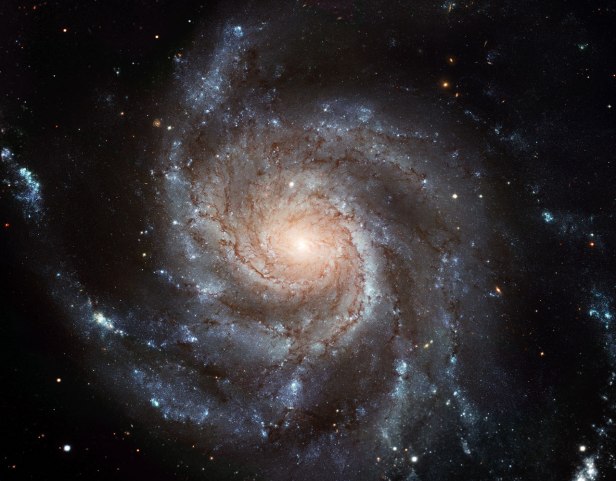 Source: http://bit.ly/36eyS7O[/caption]
Source: http://bit.ly/36eyS7O[/caption]
Sometimes the color in the images is as natural as possible. However, the color given to the images is not just artistic embellishment. The images are, indeed, downloaded as black and white, and color is added for a number of different reasons — for example, to show the location of chemical elements and highlight features so subdued that the human eye cannot see them.
For more information, read the Meaning of Color, which explains in detail how color is added to images.
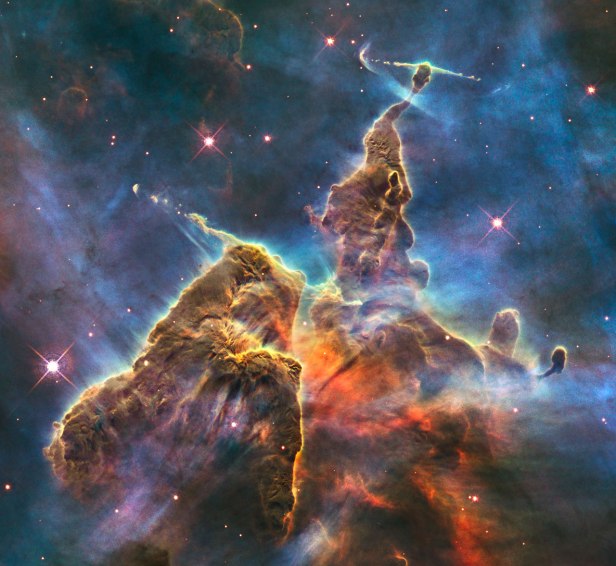
Who knows to what degree humans are going to be leaving Planet Earth in the future and venturing out into the solar system, or perhaps beyond? But whatever the answer, there is no doubt that photographs of the universe taken by cameras such as those of the Hubble Space Telescope will be part of the inspiration for this kind of future exploration.
******************************************************

The Women: Photographs of The Top Female Bodybuilders (Artisan) Modern Amazons (Taschen)
WEBSITES
BILL DOBBINS PHOTOGRAPHY www.billdobbinsphotography.com
BILL DOBBINS ART www.billdobbinsart.com
FEMALE PHYSIQUE SITES www.billdobbins.com
EMAIL: billdobbinsphoto@gmail.com

